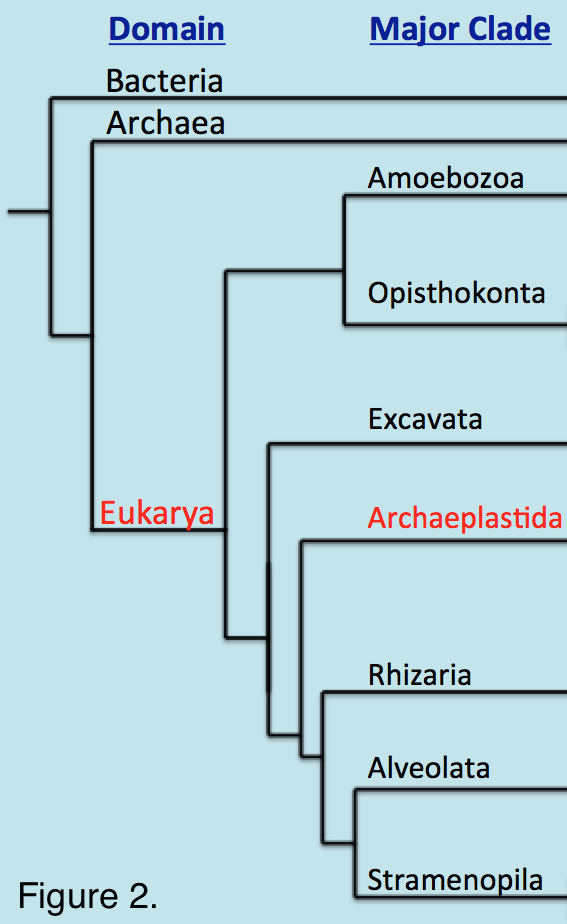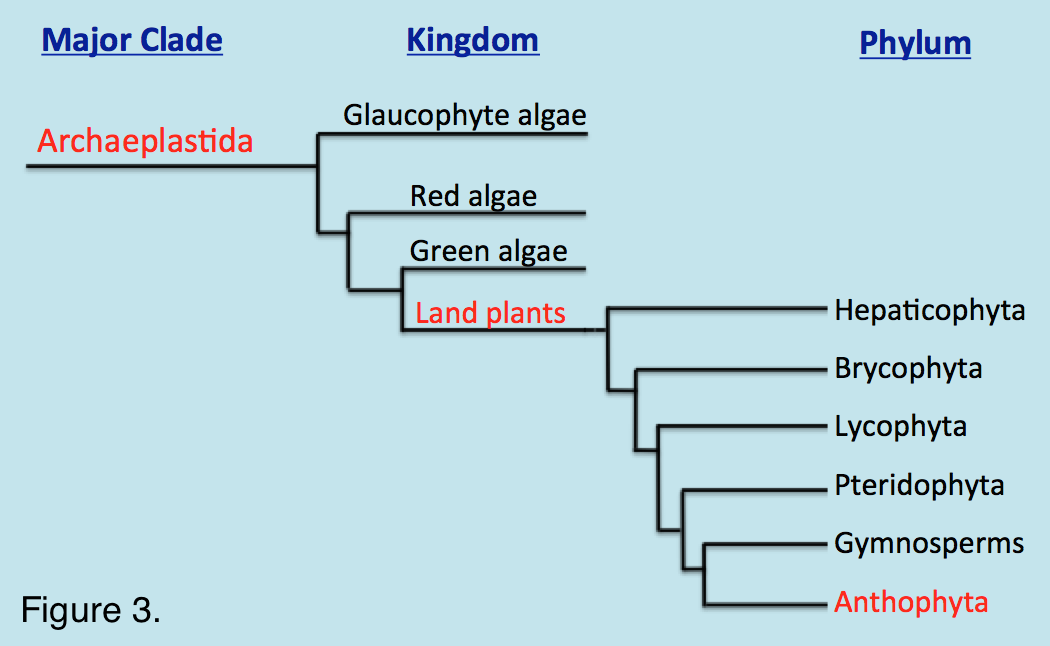Classification
Domain:
Elymus elymoides is classified under the Eukarya domain because
like many other grasses, it is multicellular containing nuclei
and membrane bound organelles within each cell (figure 2). Other
organisms classified under Eukarya include the
garden thyme and the
pineapple.
 Kingdom:
Kingdom:
Classified under the land plants because it is a
photosynthetic grass that is an autotroph. Elymus elymoides
contains cell walls as well as chloroplasts that formed from
endosymbiosis with cyanobacteria (Campbell 2008). Other
organisms classified under land plants include the
kiwi and
saffron.
Phylum:
Classified under Anthophyta since squirreltail is considered a
vascular plant meaning it has veins (xylem and phloem) that
transport water and minerals throughout the entire grass. It
also produces flowers which is the main synapomorphy for this
Phylum (figure 3, Campbell 2008). Other organisms classified
under Anthophyta include
dill and the
hibiscus flower (shoeblackplant).

Class:
Classified under Liliopsida since squirreltail is a seed plant
that produces an embryo from a cotyledon and parallel-veined
leaves. Other organisms classified under Liliopsida include
onions, asparagus, and
bull grass.
Order:
Classified under Poales (or Cyperales) since squirreltail is a flowering plant
and includes a variety of grasses. Another organism classified
under Poales is the
cheatgrass.
Family:
Classified under Poaceae meaning “The grasses.” Another organism
classified under Poaceae includes the
California oatgrass.
Genus:
Classified under Elymus since it is defined as a tall, cluster
of perennial grasses.
Species:
Classified under Elymus elymoides since it has bushy looking
spikes and is a type of wild rye.
As you can see E. elymoides is closely related to many
grasses of the same genus, but are categorized as different
species. E. Elymoides is most closely related to E. mutabilis 1,
E. dentatus 1, and E. canadensis 1 (Mason 2013). Chloroplast DNA
was the main source used to categorize E. elymoides’ closest
relatives (figure 4). It is also important to note that there
are other ways to categorize a species’ closest relatives, some
other examples of these include phospheonolpyruvate carboxylase
which is an enzyme that plays an important role in
photosynthesis, and beta amylase which is important in the
breakdown of the starches in the leaves of plants (Cousins 2007
and Fulton 2008).


Scientific name in English:
The literal translation for Elymus elymoides is a case,
sheath, or kind of grass. These translations are all derived
from the Greek language (Borror 1960).
To learn more in depth about this
species, continue onto the Habitat and
Geography page.
Return to Home Page